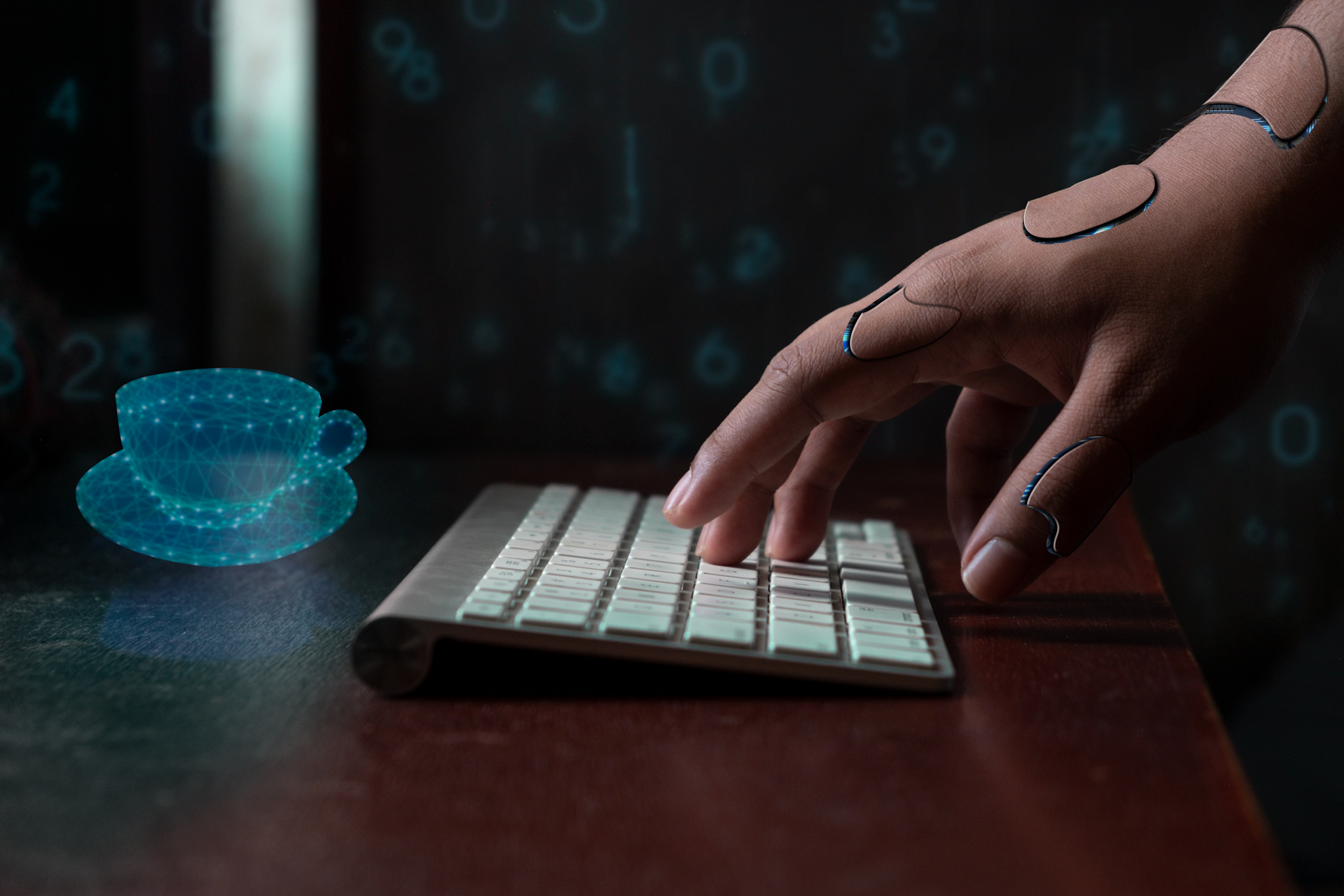
On May 7, the Engineering College Government (ECG) launched a webinar-workshop series and pitching competition called Start Up: Rediscovering Innovations Tech Summit.
Opened by College President Madeline Tee, the summit culminated on May 21 as four finalist teams with representatives from De La Salle University, Ateneo De Manila University (ADMU), and the University of the Philippines (UP) pitched innovative ideas for technology that uses Artificial Intelligence (AI).
Mimicking human intelligence
The first workshop, led by Nadine Coronel, a Senior Software Engineer and Wendell “Tox” Capili, an AI architect-engineer, DLSU alumni who currently work at Accenture, gave a comprehensive introduction on AI and established some of the foundations that the participants can rely on while developing their pitches.
Meanwhile, John Reyes, Associate Manager of Accenture, introduced the concept of neural networks of machines and likens this to the human mind to answer exactly how humans are similar to AI. “Do you know what AI is?” he asked, later explaining it as using machines to imitate human intelligence.
Cultivating quality of life
AI also benefits the medical industry, offering innovations that propel surgery, telemedicine, and pharmacy to the top of the game while upholding the importance of health equity.
Professor Nilo T. Bugtai, the current director of the Institute of Biomedical Engineering and Health Technologies, expounds that accessibility, adequacy, and affordability are three essential factors that must be considered to enhance the quality of healthcare in the Philippines through AI.
“We need high technology [at] the right time for the right people, and it must be affordable and accessible,” Bugtai began. Since the pandemic, the recorded rates of virtual visits in healthcare of patients rose to 28 percent, making a redesign of healthcare models a necessity to monitor a patient’s frequency of virtual visits.
Likewise, Professor Renann G. Baldovino, an Associate Professor of the Manufacturing Engineering and Management Department of the University, gave his insights on using Machine Learning to garneri information on the COVID-19 pandemic, among others. In particular, using Python 3 he demonstrated how easy it is for anyone to update themselves on the status of COVID-19 cases per country. He also discussed a project called “Agapay”—a 3D-printed robotic exoskeleton designed to aid the movement of the upper limbs.
Both acknowledge and support the idea of bridging the chasm between humans and machines, emphasizing that AI is capable of harnessing and going beyond the natural power of the human mind that further makes it an invaluable tool for doctors, scientists, and researchers, to push the boundaries of medical care.
Young innovators
On the last day of workshops, Jonar Pascua, a teacher of ICT and robotics at PAREF Southridge presented the significance of robotics in many aspects of everyday life, particularly in healthcare, travel, communication, and education. He outlined the advantages and disadvantages of robotics in these fields and showed practical applications of AI while explaining how participants can improve their future projects.
“As a student, learn from your experience. You’re not only going to focus [on creating] what already exists,” Pascua said, emphasizing the need for creative ideation and design when thinking of new technology.
Dr. Argel Bandala, Department Chairman of Electronics and Communications Engineering, gave his workshop on different technologies involved in robotics, tying them all back to one central question: What is robotics now?
“It’s…the basic idea behind robots—replacing humans in dangerous tasks,” he highlighted. He then discussed how recent developments in robotics support this, especially among those that are purposed for disaster relief. Bandala also discussed some emerging tech in medicine, citing wearable exoskeletons and teleoperated surgical robots.
The month-long event culminated in a pitching competition among four teams, wherein the top placers were awarded with a cash prize and e-vouchers. Cyan Turing, consisting of DLSU students, pitched a Virtual Assistant Professor linked to Canvas that aims to ease the workload of and communications between students and professors.
TBA, another team from DLSU, developed WOUNDAR—a Li-DAR-based wound assessment tool that examines chronic wounds and connects patients with physicians for proper diagnosis. The team finished second runner-up.
First runner-up was TMI, a team of University of the Philippines (UP) Diliman students who pitched Relief, a social media sorting algorithm to be used during times of calamity.
The competition’s champions were those from the team Swifties—DLSU, UP, and ADMU students who pitched a program that can predict and provide data for electricity consumption and demand across populations.
The tech summit has shown the potential of young developers in developing AI and robotics that could improve human lives. As people continue to innovate and maximize the use of technology, difficult tasks in circumstances with high stakes, such as healthcare and relief, can be accomplished safely and effectively.

Leave a Reply